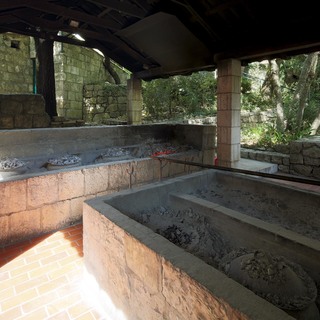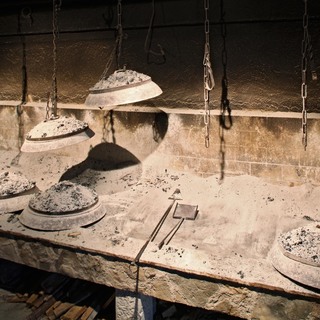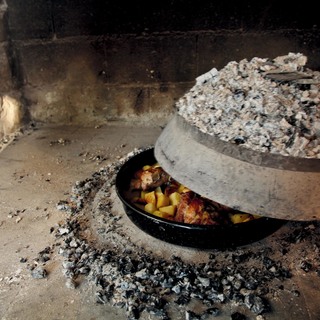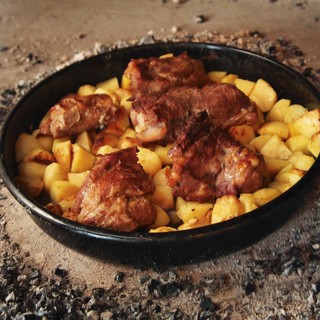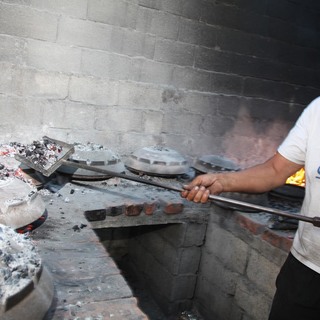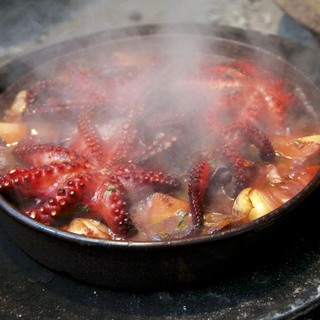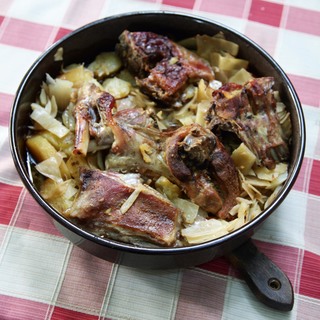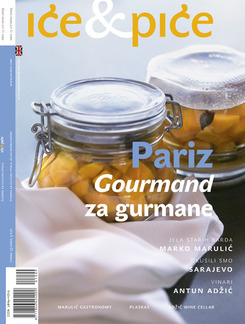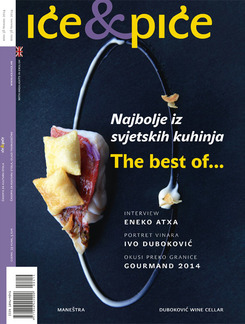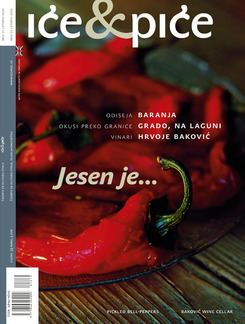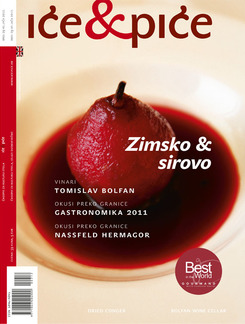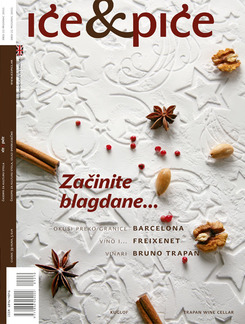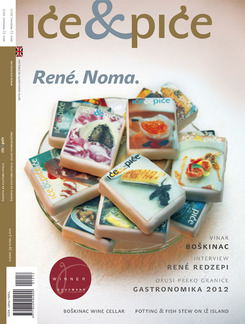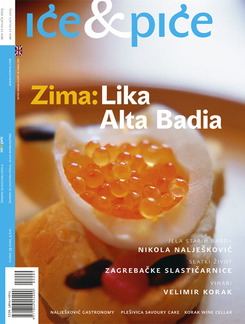On the whole women are not keen on men getting under the feet in the kitchen. It disturbs the well-practised choreography between pots and spoons and knives. Conversely, women even today embark on the exploit of cooking over an open fire. Probably because traditionally we are assigned an indoor space. Cauldrons with goulashes and fisch paprikasch, savoury spits and grills that are prepared outside are the business of men. Glory is won or lost over them, before a public, because fire is not lit for two people together at table. Steadily and sociably, laughing and supping by the fire. An opportunity for companionship just as much as eating.
Cooking over an open fire obstinately holds on in this country, this is the land of spits and griddles. We can just shrug if they tell us complain that our cooking is rudimentary. But this specious simplicity involved in cooking over the open fire is actually an underrating of the gift that is needed for every superior grill. It’s not in vain that they say a cook creates, and a grill-master gives birth. Without talent and experience, you are never going to grill a fish on a griddle properly. Simple dishes are the easiest to mess up. Peka, the baking bell, at first glance seems the simplest food in the world. Put in the meat or octopus, potato, something green, cover it with a lid and heap over the hot coals. But a well prepared baking-bell (meaning the food thereof) is magical and even potato, which I usually find boring, is a treat. No gourmet world traveller has ever been indifferent to lamb or veal underneath the baking bell, and with good justice we can consider it a national glory. If the say it is rudimentary, we can respond with the prehistory of baking and take it as a compliment to the tenacity of some of the really ancient culinary customs. Every baking bell is in fact a live pre-history of cooking, and it is of minor importance what is baked beneath it, as compared to the fact that such a manner of food preparation has changed but little since prehistory. Every baking bell is a museum of culinary history in situ. It is enough to compare the clay baking bell of the 20th century with archaeological finds from the Hallstatt age (800-450 BC). They haven’t changed a great deal. Archaeological finds from Slavonia or from the Croatian-Slovene borders confirm for us that food in ancient times was prepared in the open fire underneath clay lids, usually in the shape of a bell with a single handle. According to Milovan Gavazzi, celebrated Croatian ethnologist, the baking bell appeared at the same time as Urnfield Culture in the late Bronze Age in the area of the Danube valley, the Alps and the northern Balkans. Gavazzi explored the baking bell phenomenon in terms of etymology, archaeology and ethnology in the southern Danube valley, that is, in Pannonian space. Clay covers underneath which food bubbled and baked probably developed out of the older technique of wrapping meat and fish in a thin layer of clay. Then they would be buried in the embers (like the potatoes wrapped in aluminium foil of today). The peka, baking-bell, was a marvellous invention, for it was possible to check what was going on under the cover. But what is hidden beneath it is less important than the fact that it has been used literally since time out of mind. Let’s once pay tribute to the dish, not to the dishes and the provisions, which is what we usually do.
The prehistoric bell developed into two basic shapes. One is bowl-shaped with two handles, and another is more like today’s peka – spherical, with a single handle at the top. For millennia the bell was an everyday kitchen aid, and only began to disappear when the open fire did. Today when people make their reputations with the baking bell, it is strange to recall that a hundred years back it was in non-stop use from the Mura river to the south west of Hungary, Baranya, the whole of Bosnia and along the Adriatic. In the areas where open fireplaces have remained and where bread ovens were not purpose-built, the baking bell remained an important kitchen utensil. It was not only meat, but also, and more often, bread, rolls and cakes that were baked beneath it. This custom remained until the 1960s, when Gavazzi was amazed to find it being used in the village where motorboats were driven, where modern dances took place. He recorded in the field that a half of the inhabitants of a village on Ugljan island baked bread and rolls only in the baking bell. The baking bell was cheap and easy to make, and easy to handle, which made it accessible to the generality. This wide distribution is seen anyway in the number of synonyms for peka, in words etymologically related to cover, peak, and tile from Slavonia, the Drava valley and Bosnia. But today’s baking bells are the outcome of two histories. The second derives from the migrations at the time of the Ottoman conquests, when, called sach, a name of Arabic origin, iron baking bells started to be disseminated. Although the clay versions were easier to heat up in a fire of twigs and scrub, iron prevailed. And it was a good job they did. Heavy like that, they suit the male arms better, raking and raking over them with embers.



